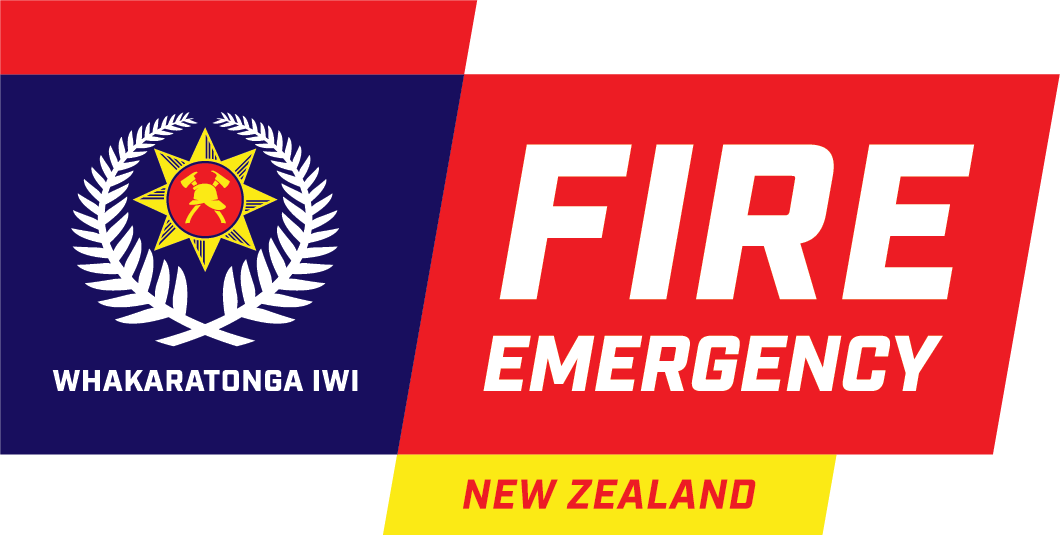Working safely with chainsaws
What is the issue?
We’ve recently had an incident where someone operating a chainsaw was seriously injured and needed medical attention and light duties for several weeks.
In the 24-month period to January 2024, there were 10 events reported in Safe@Work involving operating chainsaws. The events and injuries ranged in severity from near miss with no injury to first aid and sprains/strains requiring physiotherapy treatment. However, some of these events had the potential to result in a serious injury to our people or a fatality.
This highlights the importance of reporting near misses and injuries in Safe@Work. Thank you to everyone who has reported events in Safe@Work. Please keep reporting as this contributes to hazard awareness in the workplace. It helps us identify trends and develop learning articles to increase awareness and prevent near misses and injuries.
Why is this important?
The safety, health, and wellbeing of our people is our priority – everyone should be able to go home safe and well every time they undertake work for Fire and Emergency.
How did it happen?
An external trainer inspected the chainsaws attendees had brought for the course and allowed a trainee to use a top handle chainsaw. This type of chainsaw is intended for use by trained arborists only. It didn’t have a leather safety mitt to protect the operator’s hand from the chain.
- The trainees were not adequately supervised by the external trainer when they were operating the chainsaws.
- It was unclear if Fire and Emergency chainsaw procedures were followed.
- Eucalyptus branches were being cut, which retain moisture, strength, and tension.
- Cutting branches under tension or compression, should only be carried out by Category Two, Qualified Tree Fallers - trained operators, see Criteria for registering and using wildfire chainsaw operators standard [PDF, 493 KB].

This is an example of a top handle chainsaw with no safety mitt fitted. This chainsaw is non-compliant for use by Fire and Emergency personnel undertaking basic chainsaw operations.

This is an example of a rear handle chainsaw. This is the only style of chainsaw that should be used by Fire and Emergency personnel. It is the most used chainsaw in industry. Note this chainsaw has a safety mitt fitted which is a requirement for Fire and Emergency personnel operating chainsaws.
What operators can do to minimise the risk of injury when operating a chainsaw
To minimise injury, operators must only use compliant chainsaws as set out under the Forestry Industry Code of Practice(external link) and Fire and Emergency Chainsaws Policy [PDF, 250 KB] of use.
Top handle type chainsaws with no safety mitt are not to be used.
Operators must only use chainsaws within their current training category and competency level, operator safety is the priority.
The use of electric (battery powered chainsaws) should follow the same industry standards as petrol driven saws. At Fire and Emergency, electric and petrol driven chainsaws must meet the same safety standards.
No chainsaw should be operated without a safety mitt and must have a back handle. When used correctly, the safety mitt is designed to keep the hand on the top handle and give more control and safety for the operator.
When operating any chainsaw, at any time, as well as the handle mitt, the following personal protective equipment (PPE) is required:
- Adjustable chainsaw ‘chaps’ (protective pants)
- Protective footwear (e.g. wildfire or structural fire boots) with a reinforcing toecap, and
- Eye, head and hearing (Grade 4 earmuffs) protection – these are generally part of a purpose designed helmet that is specifically for chainsaw use.
What have we learned?
Here are our main learning points from the most recent incident and Level Two Investigation:
- The investigation identified several improvements the training provider could consider implementing to improve safety standards, such as increasing the trainer to student ratio.
- The chainsaw that was in use by the trainee was non-compliant and should have been identified by the trainer as not suitable for the training.

Category Two chainsaw training is required for this task as the tree is on the ground, over 5m tall and over 150mm in diameter and possibly under tension.
Key takeaways
- Fire and Emergency requires all chainsaw operators to be trained as a Category One Basic Chainsaw Operator, to enable them to safely use a chainsaw. For more information about a Category One Operator and other advanced tasks, see the Criteria for registering and using wildfire chainsaw operators standard. [PDF, 493 KB]
- Be aware of your surroundings and the environment you are working in. Look out for obstacles – rocks, uneven surfaces, dips in the ground, objects hidden in long grass or vegetation which may be a trip hazard. Take extra care when the ground is wet or slippery underfoot. This is always important – not just when operating a chainsaw.
- Consider appointing a Safety Officer and lookouts during chainsaw operations and have an escape route that everyone is aware of. Remember LACES - look out, awareness - discuss the plan, communications, escape routes and have a safety zone.
- Wear the correct PPE for the task.
- Carry out a Dynamic Risk Assessment as the situation/environment changes.
- Apply the Safe Person Concept in all working environments.
- Report any issues and remove faulty chainsaws from operation immediately. Clearly tag the saw with the fault or issue as per standard operating procedures.
- Maintenance and repair of chainsaws (including chain sharpening) should only be carried out by qualified Fire and Emergency or other personnel. Fire and Emergency Category Two operators are deemed qualified to sharpen chainsaw blades.
- Seek advice from your supporting Equipment and Logistics team to arrange any maintenance or repair beyond that of operator checking.
- Report all safety events in Safe@Work.
